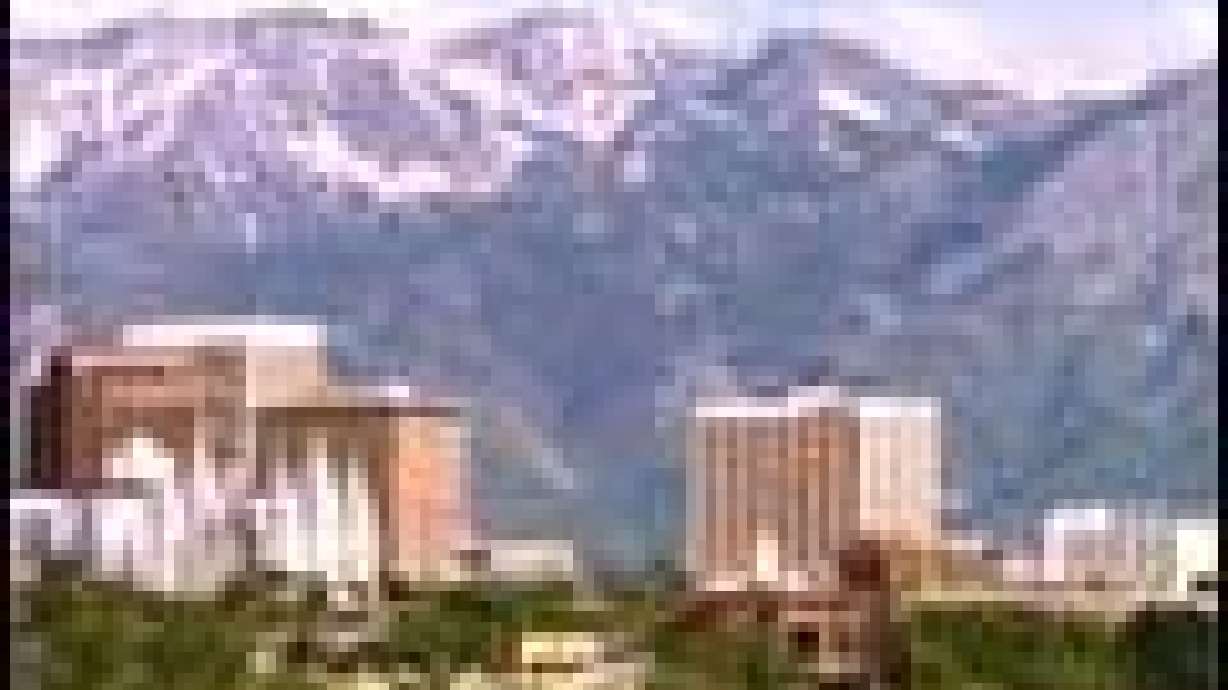Estimated read time: 2-3 minutes
This archived news story is available only for your personal, non-commercial use. Information in the story may be outdated or superseded by additional information. Reading or replaying the story in its archived form does not constitute a republication of the story.
SALT LAKE CITY (AP) -- Disaster plans in Utah's most populated basin don't envision a need for an evacuation like the one that left Houston highways in gridlock ahead of Hurricane Rita.
State and local disaster officials say the type of disasters most likely to hit Utah -- floods, brush fires, a chemical spill or a major earthquake -- probably wouldn't require a large-scale exodus, so there's no reason to prepare for one.
But they said if the Salt Lake valley needed to be emptied, the convergence of Interstates 80 and 15 would make a getaway easier than for many cities.
Traffic on both interstates could be routed one-way to take traffic out of town, said Utah Department of Transportation spokesman Nile Easton.
Officials are so confident that a mass evacuation won't be needed that Salt Lake County's Emergency Management Plan doesn't call for one and state officials aren't betting it would be necessary.
"It certainly wouldn't hurt to have a plan, but in emergency planning you're limited in resources, and you want to devote your time to what is most likely to happen," said Lt. Robert Sampson, former homeland security manager for the county. "After what happened in the Southeast, it's so hard to anticipate, but I would never think we'll be in the same position, based on our geography."
Localized evacuations can be assessed on a case-by-case basis, said Bob Halloran, emergency services manager for the Unified Fire Authority.
"If earthquakes would give us three days' advance notice, maybe we could have an evacuation plan. But we cannot predict when or where," Halloran said. "Even in an earthquake, few residents would ever want to evacuate or leave their homes. It would be nothing on the scale you would have in Houston."
Verdi White, director of the state's Division of Homeland Security, said a designated escape route could be more dangerous than taking a wait-and-see approach.
"You have to be flexible. The plan is how you organize yourself when a disaster hits," White said. "You make those evacuation plans as you see what the lay of the land is."
The Salt Lake basin is due for a large earthquake, which likely would damage roads and highways and make it difficult for residents to get out of town.
Highway crews, however, have shown they can react fast to repair roads.
In August, a 70-foot-wide crater was blown into U.S. 6 in Spanish Fork Canyon by a truck carrying explosives. UDOT repaired the road within two days, using an emergency list of contractors.
After an earthquake, UDOT would give top priority to repairing interstates 80 and 15, checking bridges for structural integrity.
------
Information from: Deseret Morning News, http://www.deseretnews.com
(Copyright 2005 by The Associated Press. All Rights Reserved.)








